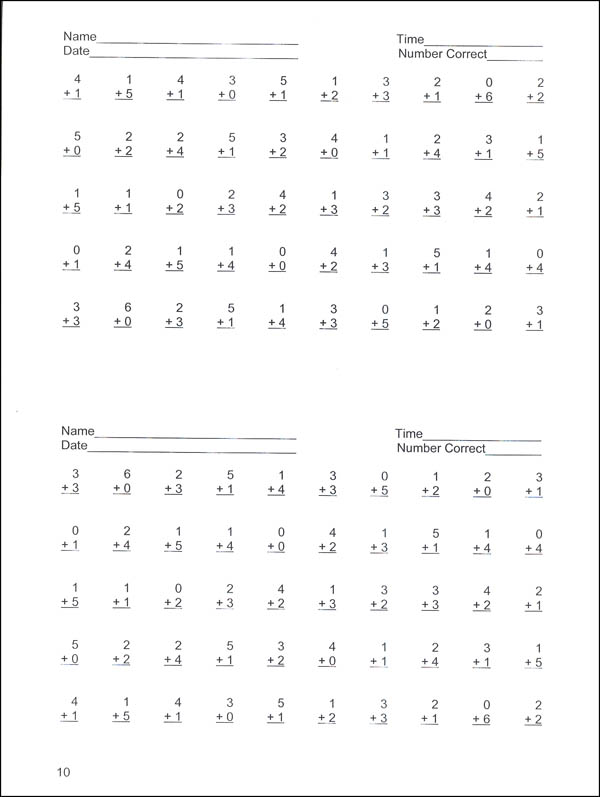
However, fractions are among the most difficult mathematical concepts to master in the elementary curriculum (Lortie‐Forgues, Tian, & Siegler, 2015 OECD, 2016 Siegler & Pyke, 2013). Understanding fractions is necessary for students’ success in algebra.

Mathematical fractions and their parallels in musicĪ convergent body of research suggests that early fraction knowledge predicts later mathematics achievements. We replicated an intervention program that demonstrated a positive effect of explicitly connecting concepts and procedures embedded in rhythmic patterns to fraction knowledge (Courey et al., 2012), and compared it to a similar novel program, ‘MusiMath’, which is based on authentic musical pieces focusing on rhythm within the melody, in order to address this issue.ġ.1. rhythm within melody, Dyer, Stapleton, & Rodger, 2017 Patscheke, Degé, & Schwarzer, 2019). Specifically, the efficacy of focusing on dissociated musical elements is controversial (e.g. use of symbols, the part‐whole concept, or patterns, Fauvel, Flood, & Wilson, 2006 Loy, 2006 Rauscher & Hinton, 2010), there are questions regarding the best designs of effective music instruction. Because there are several overlapping relationships between mathematics and music (e.g. Others included explicit connections between the conceptual and procedural knowledge inherent in music and mathematics, with results indicating positive transfer effects (An & Tillman, 2015 Courey, Balogh, Siker, & Paik, 2012 for a review, see Jaschke, Eggermont, Honing, & Scherder, 2013). Most studies tested instrumental music training with only an implicit connection to mathematics in the design of the intervention, showing little evidence of transfer (for a review, see Sala & Gobet, 2017). Studies that investigated the impact of musical experiences on students’ mathematical skills yielded mixed results. The question of whether musical activities in school enhance young students’ mathematical skills has attracted attention recently. For example, the two disciplines are similarly expressed through the use of representational language and symbolic notations (Papadopoulos, 2002). The relation between music and mathematics has been recognized since the times of Pythagoras, Plato and Aristotle, who wrote about the overlaps and links between the two disciplines (Bamberger & Disessa, 2003). A video abstract of this article can be viewed at Gains were more evident in trained than in untrained fractions. Although both music groups outperformed the comparison group 3‐ and 6‐months post‐intervention on trained fractions, only the ‘MusiMath’ group demonstrated greater gains in untrained fractions. The ‘Academic Music’ group showed a trend on trained fractions. Pre‐ to post‐intervention analyses indicated that only the ‘MusiMath’ group showed greater transfer to intervention‐trained and untrained fractions than the comparison group. Music and math were assessed before, immediately following, and 3‐ and 6‐months post‐intervention.

In the math lessons, the students learned the analogy between musical durations and 1 2, 1 4, 1 8 fractions, but also practiced fractions other than 1 2, 1 4, 1 8.


The music programs used a 4/4 time signature with whole, half, quarter and eighth notes. They worked toward adding musical notes to produce a number (fraction), and created addition/subtraction problems with musical notes. Students in both music programs learned to write musical notes and perform rhythmic patterns through clapping and drumming as part of their fraction lessons. The third class received regular fraction lessons (comparison group, n = 22). Another class attended the ‘Academic Music’ acoustic program (Courey et al., Educ Stud Math 81:251, 2012) ( n = 25) which uses rhythm only. Three classes of fourth graders attended 12 lessons on fractions: One class attended the ‘MusiMath’ holistic program ( n = 30) focusing on rhythm within the melody. The current study examined the effect of two integrated intervention programs representing holistic versus acoustic approaches, on fraction knowledge. Controversy exists regarding transfer from musical training to math achievements. Music and mathematics require abstract thinking and using symbolic notations.


 0 kommentar(er)
0 kommentar(er)
